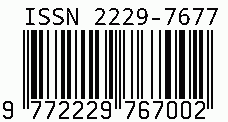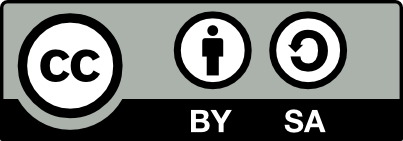
International Journal on Science and Technology
E-ISSN: 2229-7677
•
Impact Factor: 9.88
A Widely Indexed Open Access Peer Reviewed Multidisciplinary Bi-monthly Scholarly International Journal
Plagiarism is checked by the leading plagiarism checker
Call for Paper
Volume 16 Issue 4
October-December 2025
Indexing Partners



















Optimization of the Stabilization Method for In-Situ Remediation of Lead (Pb) Contaminated Soil in Kabwe / Zambia
| Author(s) | Mr. Evans Sichilima |
|---|---|
| Country | Zambia |
| Abstract | Lead (Pb) is a toxic heavy metal that has contaminated over one-third of Kabwe town in Zambia, primarily due to historical mining activities and other anthropogenic sources. Previous studies have reported elevated blood lead levels (BLLs) in more than 95% of children residing in affected areas, with concentrations exceeding 10 µg/dL. While chelation therapy and nutritional interventions may offer some benefit to exposed populations, long-term mitigation requires environmental remediation strategies to reduce ongoing Pb exposure and ensure sustained reductions in BLLs. This study employed batch leaching experiments to assess the effectiveness of various soil amendments—slag, lime, char, and ash—for Pb immobilization in contaminated soils. Additionally, the study aimed to determine the optimal mixing ratios of these additives to enhance remediation efficacy. Among the tested materials, lime (1%) and slag (5%) demonstrated superior performance in reducing Pb mobility compared to char and ash. The most effective immobilization was achieved using a combination of slag and lime at concentrations of 2–3%, indicating the potential for synergistic effects in Pb stabilization. |
| Keywords | Lead, Kabwe, in-situ remediation, stabilization, batch/column leaching |
| Field | Chemistry |
| Published In | Volume 16, Issue 4, October-December 2025 |
| Published On | 2025-10-08 |
| DOI | https://doi.org/10.71097/IJSAT.v16.i4.8540 |
| Short DOI | https://doi.org/g97s48 |
Share this


CrossRef DOI is assigned to each research paper published in our journal.
IJSAT DOI prefix is
10.71097/IJSAT
Downloads
All research papers published on this website are licensed under Creative Commons Attribution-ShareAlike 4.0 International License, and all rights belong to their respective authors/researchers.

